Padang Besar to Bangkok (Krung Thep Aphiwat) by Train
This is a review of the international train between Padang Besar in Malaysia and Bangkok (Krung Thep Aphiwat) in Thailand. It is operated by State Railway of Thailand (SRT). This review includes the immigration procedure at the station. This is part of my Singapore to Beijing train trip.
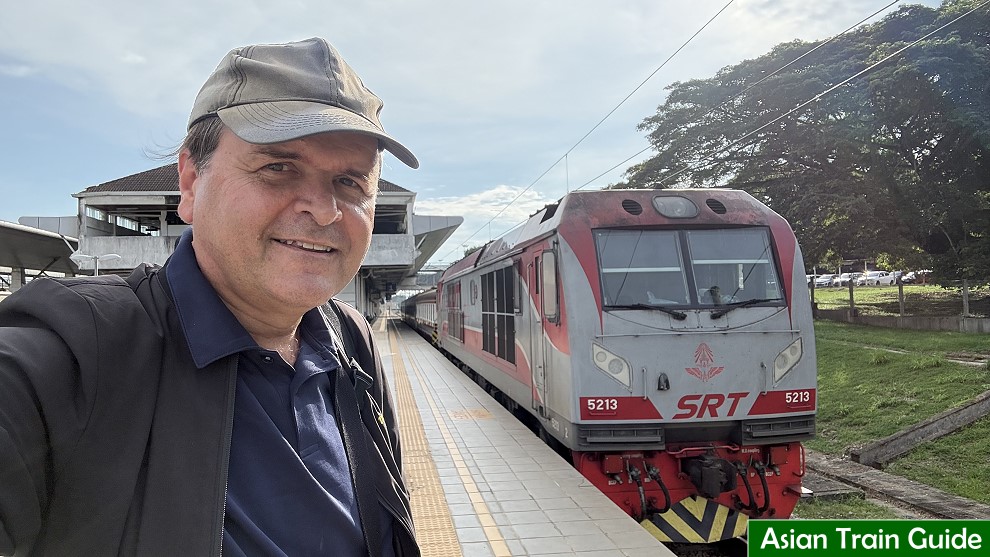
🇲🇾🇹🇭 TRAIN 6: Padang Besar to Bangkok (Krung Thep Aphiwat)
🚂 Special Express No. 46
🗓️ Date of Travel: 8th October 2024
⏰ Departure: 17:00 (TT) / 18:00 (MT) | Arrival: 09:05
⏱️ Duration: 16 hours and 5 minutes
📏 Distance: 984.6km (map of route)
🎟️ Ticket: 918 baht (2nd Class lower berth)
QUICK LINKS: TRAIN 1 | TRAIN 2 | TRAIN 3 | TRAIN 4 | TRAIN 5 | TRAIN 6 | TRAIN 7 | TRAIN 8 | TRAIN 9 | TRAIN 10
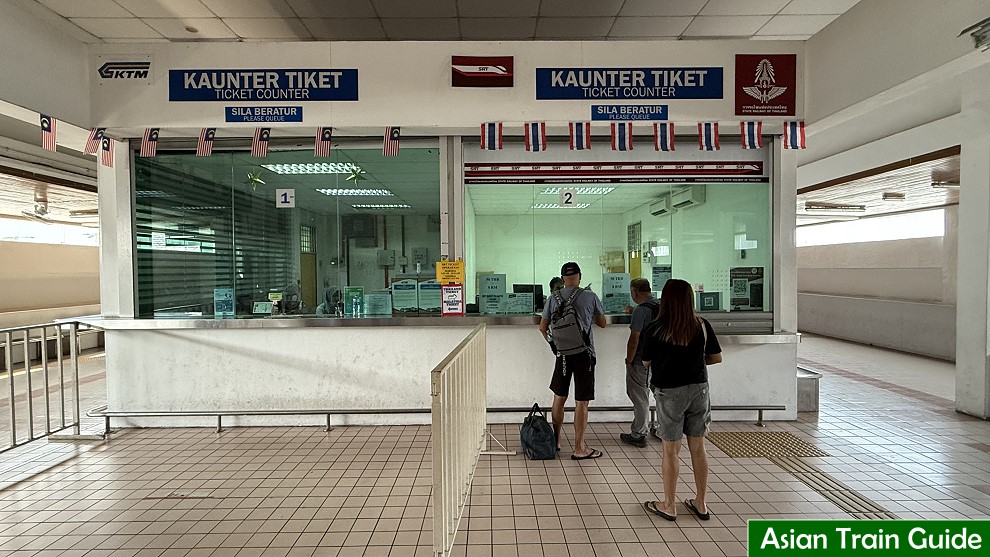
I had taken the KTM Komuter 2970 train from Butterworth to Padang Besar. It was supposed to arrive at 4:26 p.m., but it was fifteen minutes late. My international train wasn’t scheduled to depart until 6:00 p.m. Malaysian time, but I needed to pass through both Malaysian and Thai immigration first. From the platform, I had to first take the steps up to the ticket office and waiting area on the second floor. I asked at the Thai ticket office when I could proceed to immigration, and they told me I could go right away. The immigration gates were still open for passengers on the No. 950 shuttle train to Hat Yai, which was meant to leave at 4:40 p.m. The train was held up, waiting for people to clear immigration, and it finally left at 5:08 p.m.—almost 30 minutes behind schedule.
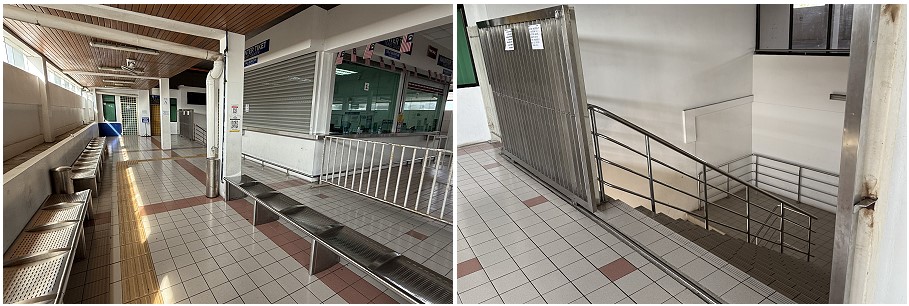
The entrance to immigration is at Gate A, beside the ticket offices. From there, you go down the steps to the platform area. First, you pass through Malaysian immigration and customs. They didn’t scan my bag. After that, I went to Thai immigration. There were around eight people in the queue, but it moved quickly. The entire process took about ten minutes, and I was out on the platform in no time.
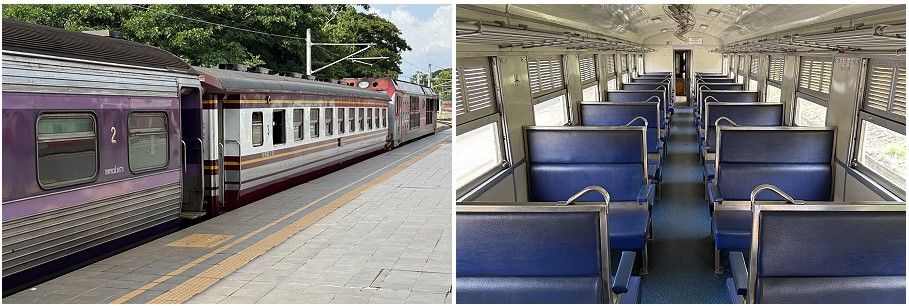
Special Express No. 46 pulled into the station at 5:05 p.m., and I was allowed to board. There was one 3rd Class carriage that goes only to Hat Yai in case anyone misses the earlier shuttle train, along with two sleeper carriages. There were literally only two passengers on board. We departed on time at 6:00 p.m. Malaysian time, which is 5:00 p.m. Thai time.
It’s important to remember that all Thai train timetables, including those for trains running into Malaysia, are set to Thai time. Be aware that your smartphone might automatically switch to Thai time while at the station, so double-check the times to avoid missing your train.
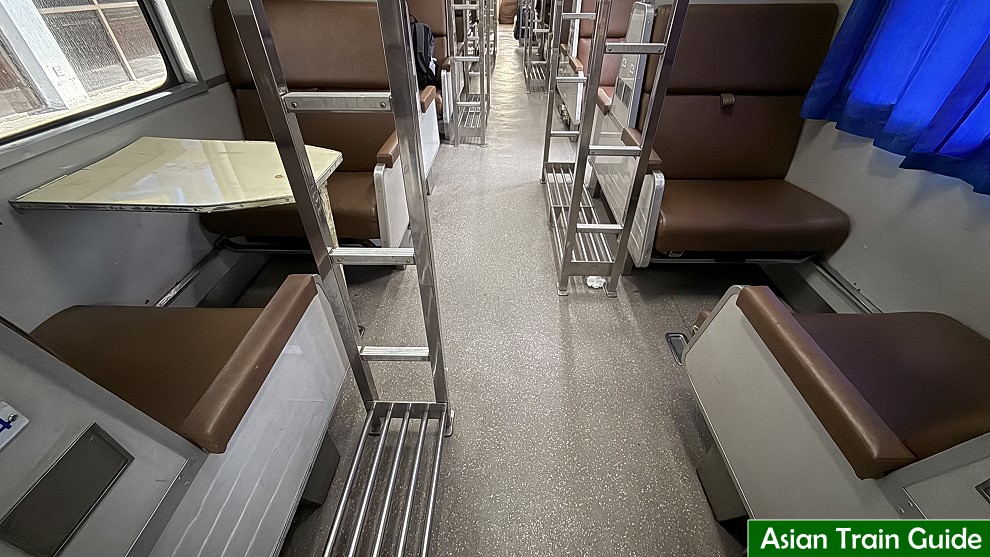
It’s hard to give a consistent review of the Padang Besar sleeper train as they don’t always use the same carriages. This time, we had a Tokyu sleeper; other times, it has been a Daewoo sleeper. Even the same model of carriages differ, as some have been refurbished to include plug sockets for every berth. Unfortunately, this wasn’t the case for the Tokyu carriage we had on this trip. There were only two plug sockets at each end, serving berths 6 & 9 and 30 & 33.
The Daewoo sleepers are my favourite, as the beds are wider and there are no luggage racks in the corridor, which I often hit my head on while weaving down the aisle. The Tokyu sleepers, on the other hand, are in poorer condition and could use some refurbishment. It’s a shame, as this is the first train many Malaysians and foreign tourists see when entering Thailand. It’s such a contrast to Malaysian trains—even their commuter services.

When we arrived at Hat Yai Junction, the train was shunted back and forth as they detached the 3rd Class carriage and connected us to Special Express No. 38, which was waiting for us on another platform. This train had also come up from the Malaysian border, but via a different branch line.
During the shunting, food vendors boarded, offering fried chicken and sticky rice. Another vendor sold iced cold drinks like tea and coffee. Finally, after attaching us to another 12 or so carriages, more passengers boarded our sleeper carriage. Special Express No. 46 and No. 38 then continued to Bangkok together.
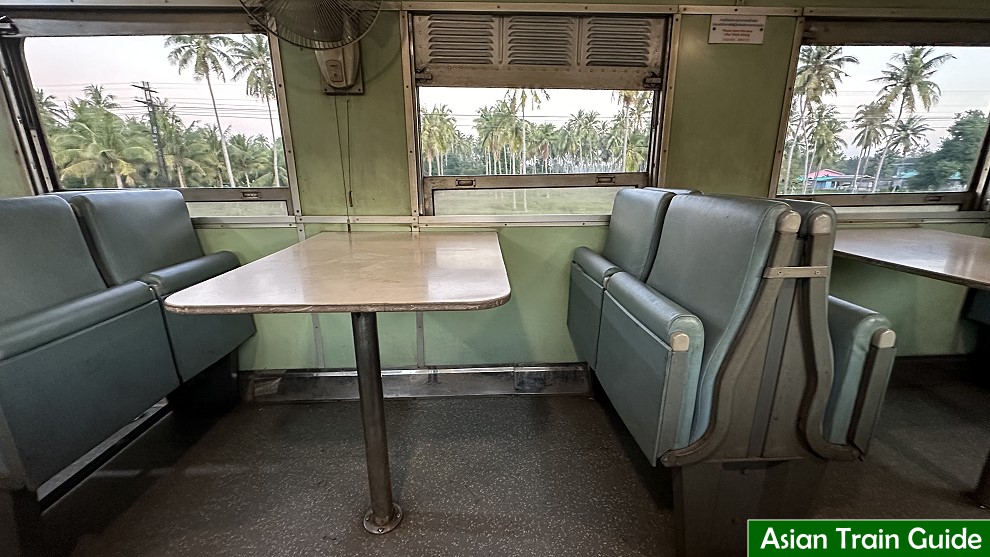
One good thing about this connection is that No. 38 has a dining car. However, unlike the modern and air-conditioned dining cars on the Chinese CNR trains, these have open windows and fans, making them a bit dusty. Prices are still high, though—around 190 baht for a meal set, which is much more than what I paid in Malaysia. If you don’t want to go to the dining car, the waiters who walk through the train with menus will bring food to your seat.

Shortly after we left Hat Yai Junction, the carriage attendant came around to convert the seats into beds. He did this quickly and efficiently, using clean sheets and blankets for every passenger. I recommend booking a lower berth, as it’s slightly larger and further away from the air-conditioning and lights that stay on all night.
I slept well and didn’t wake up once. However, light sleepers might struggle due to the rocking motion and noise of the train. I highly suggest bringing a good eye mask and earplugs. They worked wonders for me.
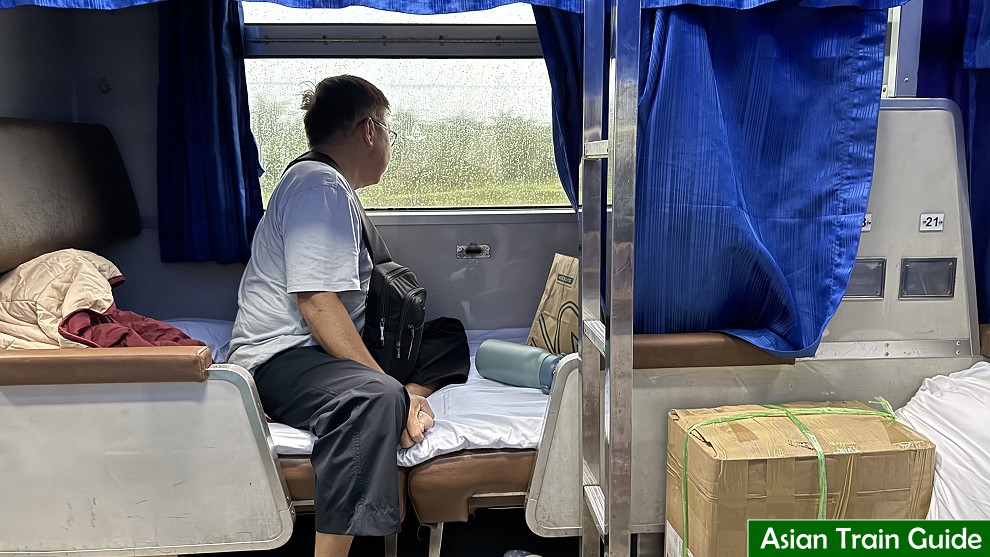
In the morning, you can choose to have breakfast and hot coffee in the dining car. I waited until we reached Ratchaburi, as I knew I could get the famous 10-baht noodles there. They don’t come on the train, so you have to wait by the doors.
About an hour before we reached Bangkok, the attendant came around to strip the beds and return them to day seats. Once you arrive at Krung Thep Aphiwat station, head towards the front of the train and go down to the ground floor. If you want the Red Line or Blue Line trains, you’re already at the right end of the building. For a taxi, turn right and head towards Exit 10. Just before the exit, you’ll find a taxi counter where you can get a queue number. Take this number out to the road, where two assistants will help you get a taxi.
➡️ BUYING TICKETS:
🇹🇭 Thailand: DTicket
🇲🇾 Malaysia: KTMB
➡️ TRANSPORTATION TICKETS IN ASIA:
✅ 12GO Asia
✅ Trip Dot Com
✅ Baolau
QUICK LINKS: TRAIN 1 | TRAIN 2 | TRAIN 3 | TRAIN 4 | TRAIN 5 | TRAIN 6 | TRAIN 7 | TRAIN 8 | TRAIN 9 | TRAIN 10
